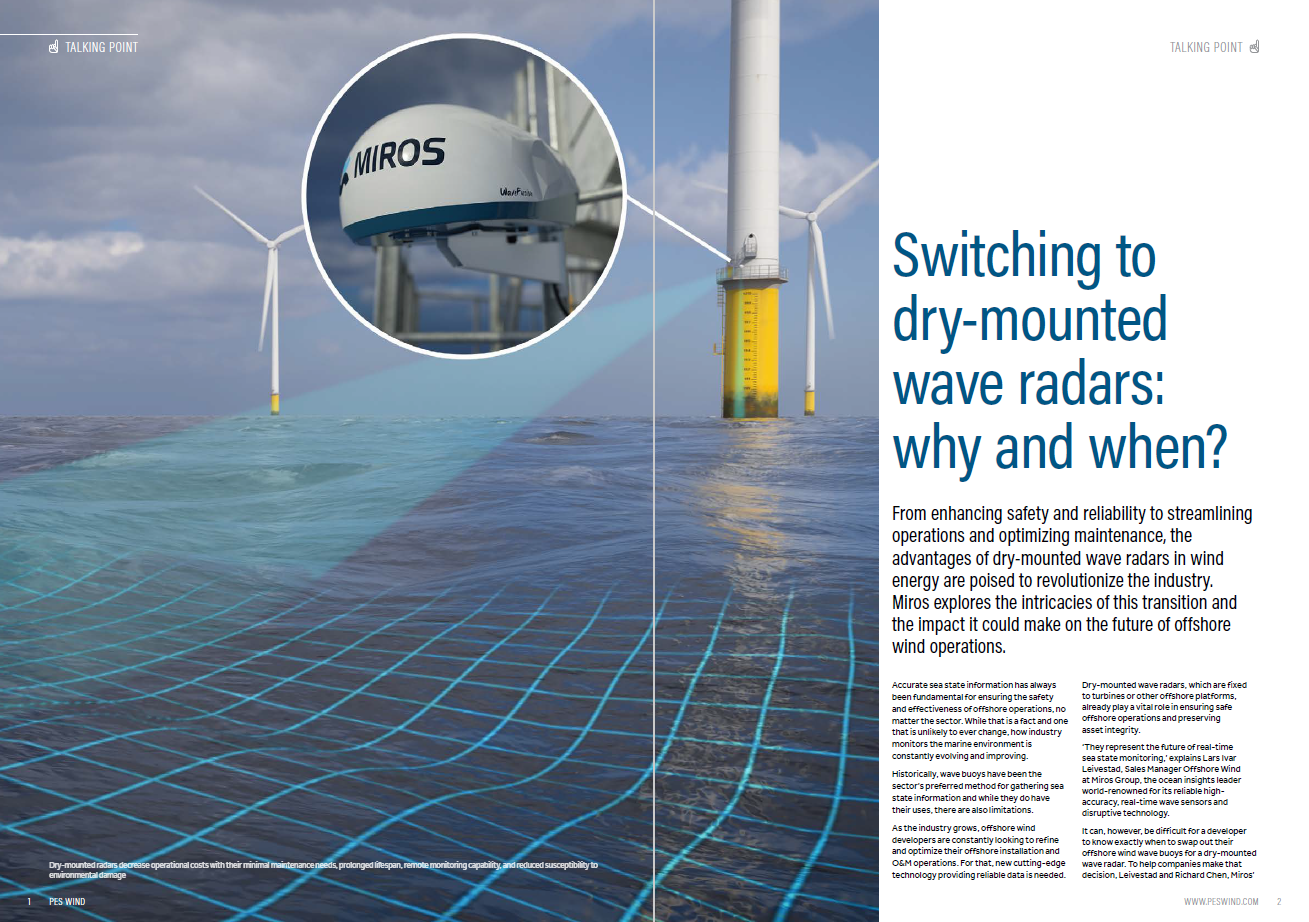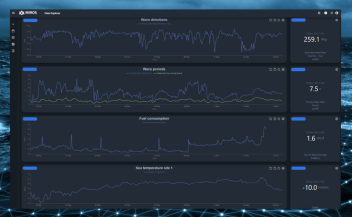Switching to dry-mounted wave radars: why and when?
From enhancing safety and reliability to streamlining operations and optimizing maintenance, the advantages of dry-mounted wave radars in wind energy are poised to revolutionize the industry. Miros explores the intricacies of this transition and the impact it could make on the future of offshore wind operations.




The move from traditional wave buoys to advanced wave radars represents a significant leap forward in the offshore wind industry’s drive for accurate and up-to-date sea-state information. The continuous evolution of monitoring technologies underscores Miros’ commitment to safety, efficiency, and environmental responsibility.
Further topics discussed in this article are:
What are the benefits of replacing a wave buoy with a dry-mounted radar?
Why are additional sensors beneficial once the installation phase stops and the operational phase begins?
How do dry-mounted radars fit with the Sea-state-as-a-Service model?
How can developers ensure they get their sensor placement correct?
I have already purchased wave buoys, why should I invest in dry-mounted radar systems?
Switch now to realize instant enhancements.
Find out more about solutions for Offshore Wind.
Do you want to explore this topic further? Schedule a demo.
Read online in PES Wind Magazine issue 1/2024 pages 32-36.

